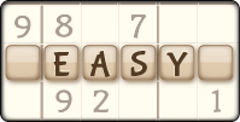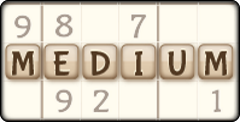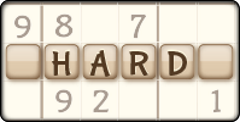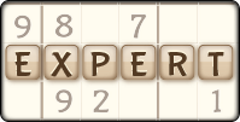How to Do Sudoku Fast: Speed Techniques for Quick Solving
As one of the most popular logic-based puzzle games on the planet, a lot of people play Sudoku for the challenging thrill it can offer. At an advanced level, speed is as much the aim of the game as accuracy is. When you’ve started getting used to completing whole Sudoku puzzles, improving your solving time is the next marker of improvement.
Here, we’re going to look at eight key areas in which you can improve in, from mastering basic techniques to speeding up with pencil marks. By incorporating these strategies, you can tackle Sudoku puzzles quickly and with confidence.
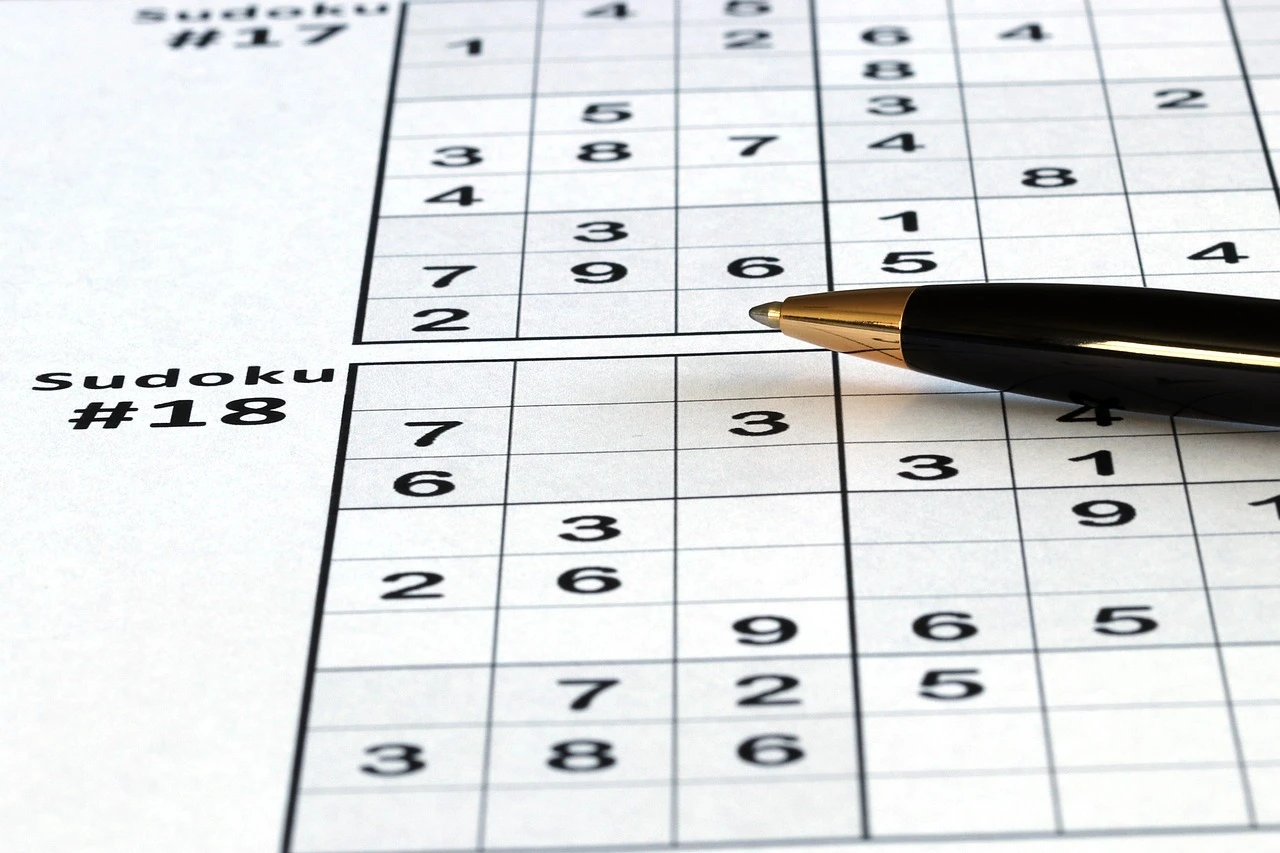
Mastering Basic Techniques
First things first, you have to make sure that you have a good fundamentals game so that you’re able to improve your solving screen across the board. Get comfortable with the following techniques before worrying about advanced strategies.
Single Candidate or Naked Single
This method involves filling in a number when it's the only possible candidate for a cell. If a particular cell in a 3x3 block, row, or column can only hold one number due to the constraints of the other cells, that number is your answer for that spot.
Single Position or Hidden Single
You will also find that a number is only able to fit in one position in a row, column, or block, despite there seemingly being other candidates for that cell. You can usually spot these by using a process of elimination to see where a particular number won’t fit within a 3x3 grid or line.
Block and Line Interactions
Pay attention to the interactions by blocks and lines within each grid. One example is when a number can only fit within two cells in a block, but those cells are also in the same row or column. You can quickly search their intersections to narrow down candidates across the rest of the grid.
Familiarizing yourself with these basic techniques will improve your accuracy and speed. Consistent practice will make these methods second nature, allowing you to execute them almost automatically.
Speeding Up with Pencil Marks
Pencil marks are the common name for the little notations we make in a grid in order to track the possible solutions for each empty cell. You can use them a lot more efficiently with the following tips.
Marking Candidates Early
Rather than filling in numbers as early as possible, you should consider jotting down the potential candidates for each empty cell at the start of the game. While this might seem like it will take a long time to begin, you save a lot more time when working out the solution for each cell seeing you quickly narrowing down options, finding patterns, and spotting potential contradictions.
Avoid Over-marking
While pencil marks are helpful, be cautious of over-marking. Filling in too many candidates clutters the grid, making it harder to focus on potential solutions. Focus on marking only two or three possible candidates per cell when the puzzle reaches a critical point where direct placement of numbers becomes difficult.
Erasing and Updating
One way to get rid of the visual clutter that is common with over-marking is to update your pencil marks consistently. When you solve cells and eliminate potential solutions, make sure you’re erasing pencil marks that are no longer available.
By efficiently using pencil marks, you maintain control of the puzzle and minimize errors, which ultimately speeds up your solving process.
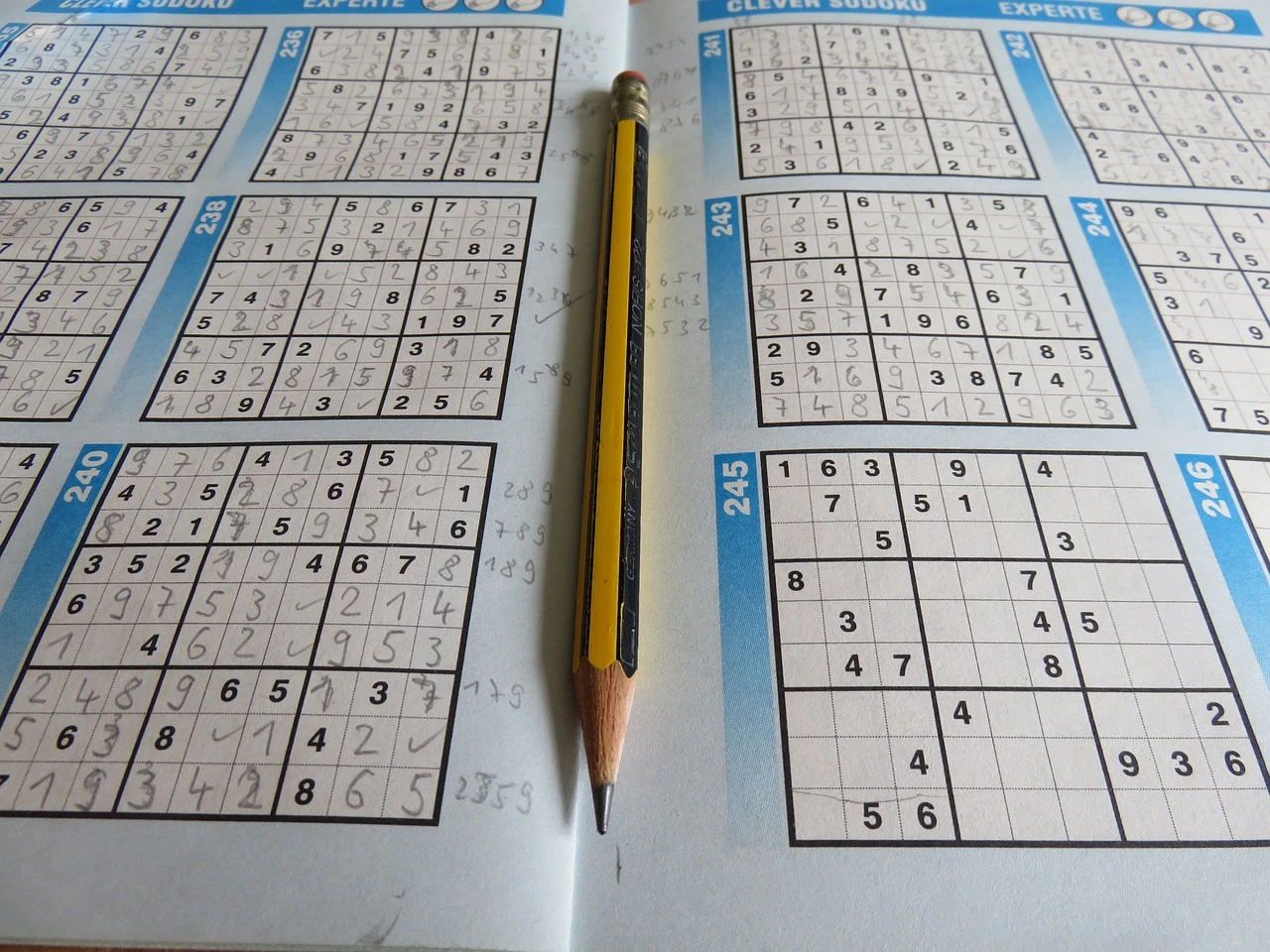
Using Advanced Patterns
With the basics mastered, you’re then able to incorporate more advanced patterns. While the strategies are initially a little more complex, when you get used to them, they will help you cut down time a lot, especially on more complex puzzles.
Naked Pairs/Triples
If two or three cells in a row, column, or block contain the exact same pair or trio of candidates, these cells must contain those numbers, and those numbers can be eliminated as candidates from the other cells in the same row, column, or block. This technique reduces the number of potential candidates and makes it easier to spot solutions.
Hidden Pairs/Triples
This one works much like Naked Pairs/Triples, but instead, you focus on identifying cells where two or three numbers are only able to appear in certain spots in rows, columns, and blocks, even if there are other candidates for those spaces. Spotting these quickly allows you to eliminate them as possible solutions to other cells, too.
X-Wing Pattern
This pattern is used when two rows or columns have an identical pair of candidates in no more than two different cells. Spotting and solving these patterns allows you to eliminate those options elsewhere, opening up large portions of grid.
Swordfish
Swordfish is an extension of the X-Wing technique, applied across three rows and columns. This is more advanced but incredibly powerful in reducing possibilities on tough puzzles. Mastering these patterns will enable you to solve more difficult puzzles quickly.
Efficiently Scanning the Grid
Being able to spot the patterns above requires you to be able to more quickly scan the grid as well. The following will help you do it more methodically and deliberately and can reduce backtracking and error correction.
Row and Column Scanning
To begin with, you should start scanning each row and column for missing numbers quickly. You will start by spotting candidates that can only fit within one possible location. Don’t spend too long on any row or column, move on to the next rather than focusing down.
Block Scanning
Next, focus on the 3x3 blocks. Many solvers neglect to scan blocks systematically, but doing so can quickly reveal hidden singles or useful eliminations. Like rows and columns, blocks contain restrictions that you can leverage to find easy placements.
Cross-Referencing Scans
Once you have filled in what you can from these basic scans and pattern recognition, check adjoining columns and blocks next to solved numbers. This cross-referencing quickly eliminates candidates and can find solutions that logically follow one another.
By training yourself to scan efficiently, you reduce downtime and prevent unnecessary breaks in your solving flow.
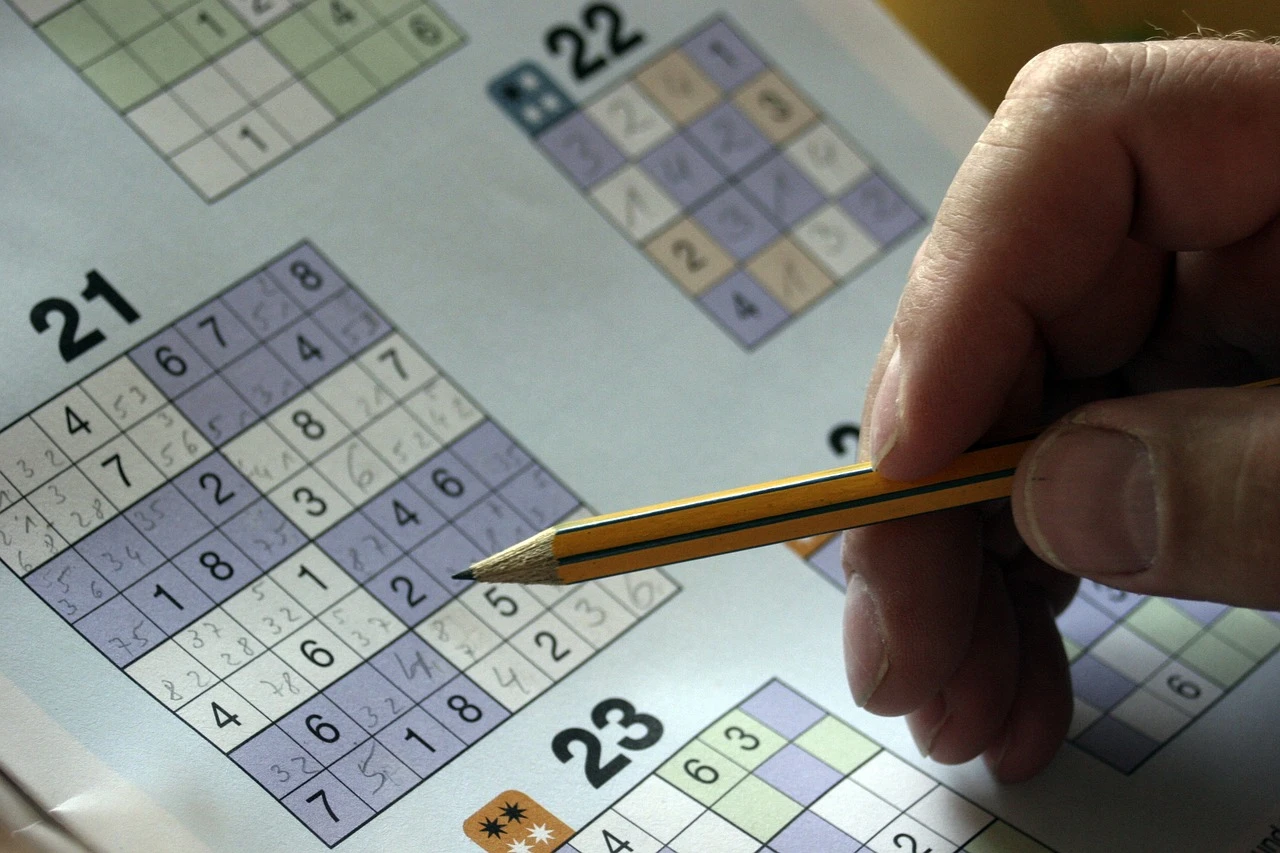
Optimizing Your Approach
A well-optimized approach to solving Sudoku can shave precious minutes off your solving time. Here are some ways to refine your strategy:
Start with the Easiest Numbers
A quick glance should help you see which numbers appear most frequently in the puzzle’s starting position. Since these numbers then have fewer open positions, they’re easier to place. Eliminating numbers as possibilities opens up the rest of the puzzle.
Use a Systematic Order
Be consistent in how you scan your grid, whether it’s working row by row, fitting in numbers sequentially, or otherwise. Being systematic and consistent makes you less likely to miss opportunities.
Time Management
Don’t waste too much time trying to solve particular sections in harder puzzles. Move to another area when you begin to stall. Once you have a breakthrough in a different part of the grid, it makes it easier to solve other sections.
Practicing Regularly
Regular practice is key to improving your Sudoku speed. Just like with any skill, repetition allows you to internalize techniques and make quicker decisions. The more puzzles you solve, the more patterns you will recognize, and the easier it becomes to apply advanced techniques.
Gradually Increase Difficulty
Be sure to start with easy puzzles. Build your confidence, technique, and ability to recognize patterns, such as Naked Pairs and X-Wings, before you start using them to complete more challenging puzzles.
Track Your Progress
If you keep track of your solving times, you will be able to see your improvements over time, which can improve your motivation and give a clear indication of which techniques are working for you.
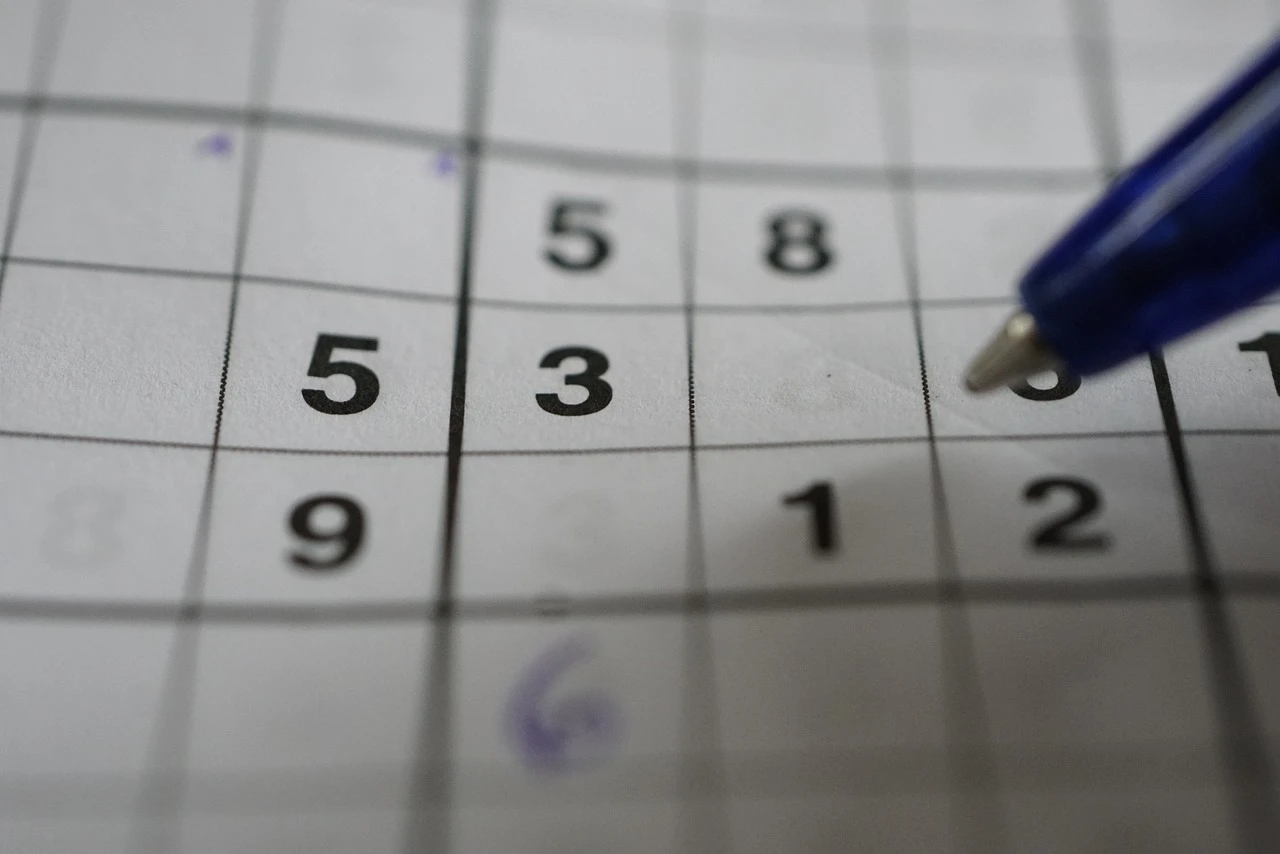
Utilizing Time-Saving Tools
There are several tools and resources available that can help you solve Sudoku puzzles faster. Here are a few worth considering:
Online Sudoku Solvers
Many online Sudoku games include features such as automatic pencil marks, instant candidate elimination, and even hints. These can help you learn new techniques and practice solving faster.
Sudoku Timers
Many apps include timers to track your progress. These tools can be beneficial for setting personal challenges, encouraging you to beat your previous solving times.
Sudoku Books and Apps
Investing in specialized Sudoku books or apps that include puzzles of varying difficulties allows you to diversify your practice and challenge yourself.
Managing Puzzle Stress
Solving puzzles under time pressure can lead to stress, which in turn hampers your ability to think clearly. Here are some tips for managing puzzle stress:
Stay Calm Under Pressure
Remind yourself that Sudoku is a logic game, not a race. When you feel stuck or stressed, take a deep breath and refocus on scanning the grid and applying techniques step-by-step.
Break the Puzzle into Sections
Rather than looking at the entire puzzle, break it down into smaller sections. Focus on solving one block, row, or column at a time, which reduces the feeling of being overwhelmed.
Practice Mindfulness
Sudoku requires concentration, so practicing mindfulness can help improve your focus. Techniques like deep breathing or taking short breaks during difficult puzzles can keep your mind sharp and stress-free.
Speed Up Your Sudoku Solving
With the tips above, from the basic skills you need to master to the advanced patterns you should learn to recognize, you can develop much more efficient Sudoku-solving habits. Keep track of your progress, practice consistently, and manage any puzzle-related stress, and soon, you'll find yourself mastering Sudoku with speed and precision.
Sudoku Levels
Seasonal Sudoku Games
More Games
Sudoku News
Disclaimer
DISCLAIMER: The games on this website are using PLAY (fake) money. No payouts will be awarded, there are no "winnings", as all games represented by 247 Games LLC are free to play. Play strictly for fun.

